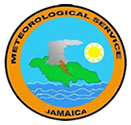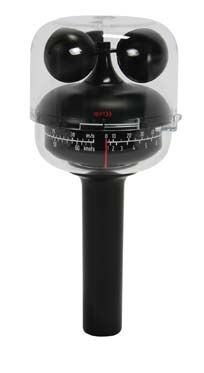 |
Hand Anemometer
The Hand Anemometer is a small portable instrument that gives a direct reading of wind speed. The instrument is held up to the wind away from obstruction. A vertical spindle with three small plastic cups rotates on ball bearings at a rate proportional to the wind speed. A permanent annular (ring-shaped) magnet is affixed to the lower end of the spindle. As the spindle rotates, the rotation of the radial magnetic field induces currents in a metal cylinder inside the body of the instrument. The resultant deflection is approximately proportional to the wind speed. The speed is indicated by the position of two red pointers against a fixed scale engraved on the transparent outer casing of the instrument. |
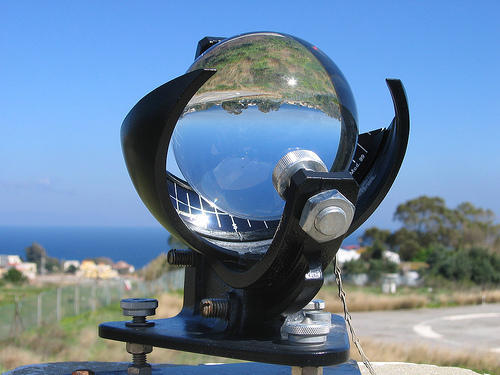 |
Sunshine Recorder
The [Campbell-Stokes Pattern] Sunshine Recorder is used to measure the duration of sunshine, that is, the number of hours of sunshine per day. The sun’s rays are focused by a glass sphere to an intense spot which will char a mark on a curved, specially designed card mounted concentrically with the sphere. As the earth rotates, the position of the spot moves across the card leaving a measurable trace. Due to changing cloud cover or the occurrence of precipitation, |
 |
Rain Gauge
The Rain Gauge is used to measure the amount of rainfall over a specified area. The rain gauge has a collecting funnel at its entrance, which is designed to minimize the loss of rain by splashing. The rain falls through an aperture at the base of the funnel into a collecting jar, which is seated inside an inner can to collect any overflow. The rainfall is then measured, usually once per day, by pouring the collected rainfall into a separate measuring jar. The base of the gauge is splayed outwards at the bottom to provide additional stability. |
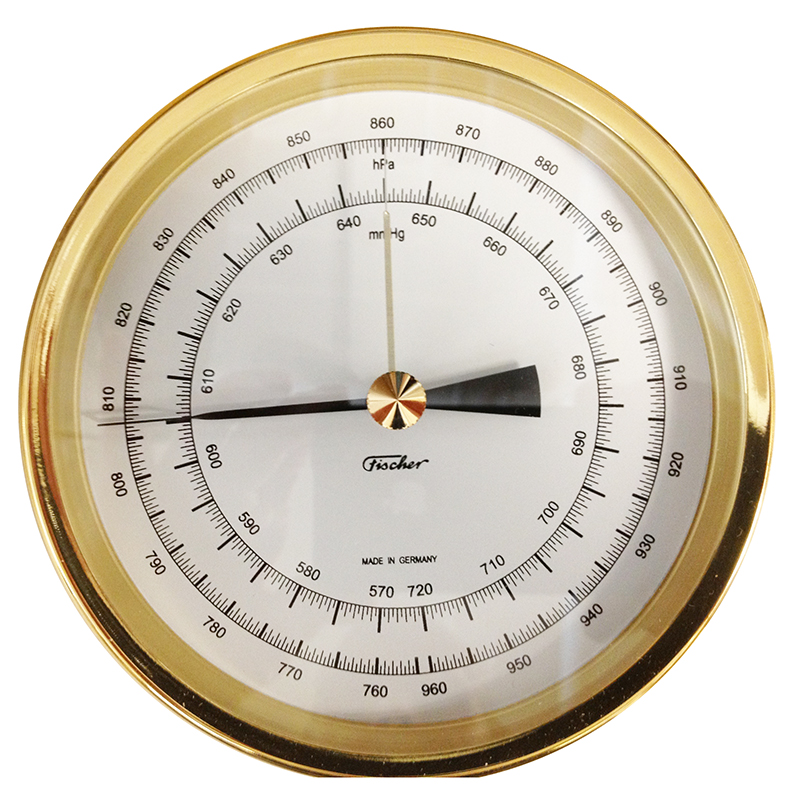 |
Accuracy Barometer
The Transfer Standard Accuracy Barometer is an electronic instrument that measures atmospheric pressure. The display gives continuous digital recordings of instantaneous pressure and trends. A change in pressure results in vibrations within the cylinder walls and sets up a corresponding electromagnetic field. Electromagnetic coils sense the frequency of vibration and condition and amplify the signals. State-of-the-art electronic circuits within the instruments then utilize a special (curve-fit) equation to produce pressure calculation algorithms and the result is output in the form of a digital display. The pressure is applied to the interior of a thin walled sensing cylinder made from a magnetic alloy. |
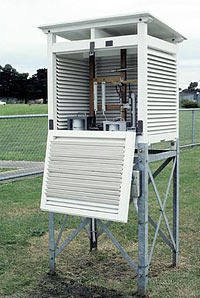 |
Stevenson Screen
The purpose of the Stevenson Screen is to create, as near as possible, uniform-temperature enclosure at the same temperature as the air outside. The screen is designed to shield thermometers from precipitation and direct radiation from the sun, while allowing air to circulate freely round them. It houses maximum and minimum thermometers and a wet-and-dry-bulb hygrometer. It is made from wood with louvered sides to allow the free and even flow of air. The front panel is hinged at the bottom to form a door, which allows for maintenance and the reading of the thermometers. The whole screen is painted white to reflect radiation |
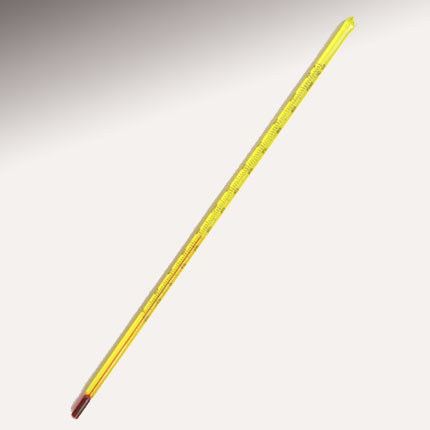 |
Thermometer
The Thermometer is used to measure (air) temperature. The instruments (usually four: maximum, minimum, wet bulb and dry bulb) are usually housed in a Stevenson Screen, which provides a uniform temperature environment for the thermometers. With the exception of the minimum thermometer, thermometers for meteorological use are mercury-in-glass instruments. The maximum thermometer has a constriction in the bore between the bulb (which contains a reservoir of mercury) and the beginning of the scale. When temperature rises, expansion forces the mercury column past the constriction. When temperature falls, the constriction prevents the mercury from being drawn back into the reservoir and the upper part of the column remains at the extreme position reached until it cools down (or is shaken down in the case of the minimum thermometer) giving the user a chance to get a reading. The minimum thermometer uses clear alcohol instead of mercury. A small index made of black glass is placed within the tube and rests on the meniscus of the alcohol column. As the alcohol expands and contracts, readings are obtained using the position of the index. |
 |
Kew Barometer
The Kew Pattern Barometer is the standard type of barometer used to measure atmospheric pressure. The barometer consists of a column of mercury enclosed in a vertical glass tube. The lower end of the column ends in a cistern containing a reservoir of mercury. The space above the mercury in the tube is evacuated and sealed, while the surface of the mercury in the cistern is exposed to atmospheric pressure. An increase in atmospheric pressure causes the mercury level in the cistern to fall and that in the tube to rise, while falling pressure has the opposite effect. The mercury level in the tube can then be read off against a fixed scale on the transparent body of the instrument. |
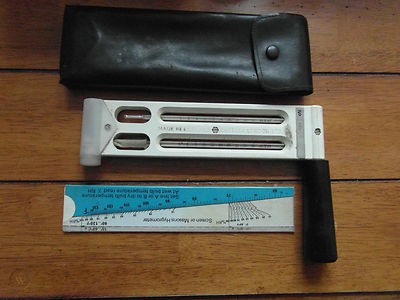 |
Aspirated Hygrometer
The aspirated hygrometer is used to measure wet and ambient (dry) temperatures, which in turn are used to determine humidity. As air flows though the instrument, a fan draws air past two thermometer bulbs. One bulb is kept moist by a close fitting sleeve of water-absorbent material while the other is left uncovered and dry. As the water evaporates, the wet bulb temperature is lowered to an equilibrium point. The wet and ambient temperature readings are then taken and used to calculate (using a slide rule) the humidity. |

Government of Jamaica


